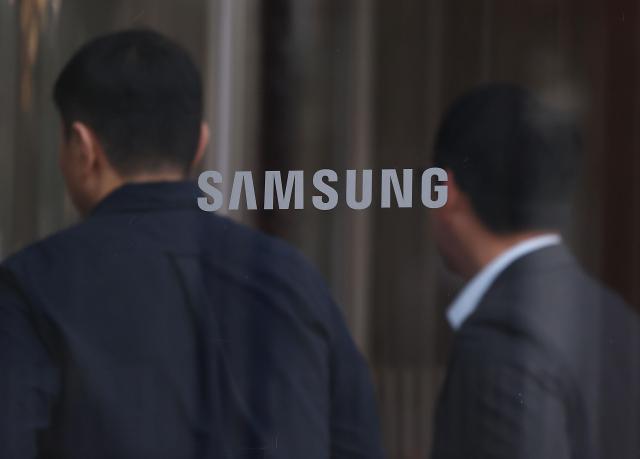
The Isocell JNP, which features Samsung’s industry-first nanoprismatic technology, has been integrated into Xiaomi’s new CIVI 5 PRO smartphone, the company’s latest flagship equipped with its most advanced camera system to date.
According to industry sources, Monday, Samsung’s System LSI division completed development and began mass production of the sensor in the second quarter, roughly a year after debuting its previous high-end Isocell JN5 series in June 2024.
Image sensors are a critical component of smartphone cameras and other digital imaging devices, converting light into electrical signals to form high-quality images.
The Isocell JNP sensor offers a 50-megapixel resolution, 0.64-micrometer pixel size, and a 1/2.8-inch optical format — conventional specifications — but its defining feature is its innovative nanoprismatic structure.
Unlike traditional sensors, where each pixel captures only a single color, Samsung’s new design allows pixels to share and refract light through nano-scale microlenses, enabling the simultaneous capture of multiple colors.
The result is a 25 percent increase in light sensitivity compared with the previous model, allowing for significantly improved performance in low-light environments.
The technological breakthrough comes as smartphone manufacturers increasingly demand thinner devices — a trend that traditionally compromises image quality due to the need for smaller camera modules. Samsung's nanoprismatic solution addresses this challenge by maximizing light efficiency within the shrinking physical confines of modern smartphones.
The move signals Samsung’s renewed ambition in the global CMOS image sensor market, which is projected to grow from $20.8 billion this year to $26.5 billion by 2029, fueled by rising demand from industries such as autonomous vehicles, robotics, and surveillance.
Samsung currently holds a 15.4 percent share of the image sensor market, trailing far behind Sony’s commanding 51.6 percent. Chinese rival OmniVision is gaining ground, increasing its market share from 10.9 percent in 2023 to 11.9 percent in 2024.
To close the gap, Samsung is eyeing expansion beyond its in-house Galaxy smartphones and Chinese partners. The company plans to supply sensors to North American tech firms beginning next year and is actively developing automotive-grade sensors, aiming to diversify its customer base and broaden its portfolio.
Copyright ⓒ Aju Press All rights reserved.





View more comments